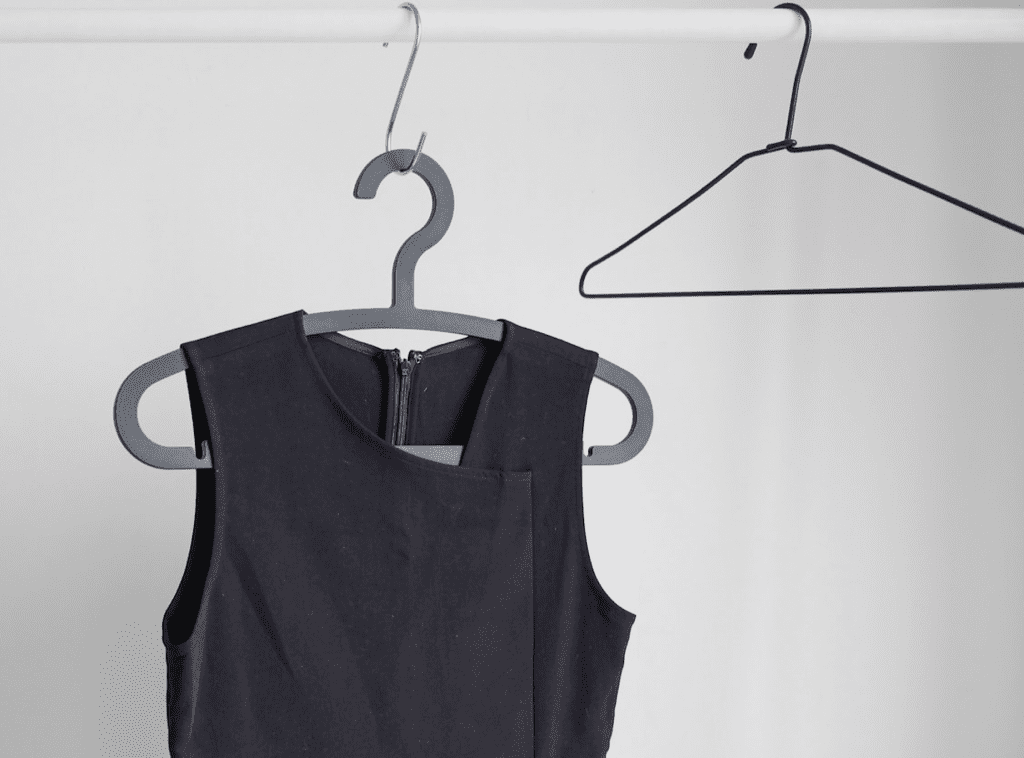After being signed into law in December, the Uyghur Forced Labor Prevention Act (“UFLPA”) took effect this week. The law, which officially went into force on June 21, creates a rebuttable presumption that any goods that were “mined, produced, or manufactured, wholly or in part, in the Xinjiang Uyghur Autonomous Region” were made using forced labor, and bars their importation into the U.S., unless the importer can produce documentation within 30 days that meets the “clear and convincing evidence” standard in order to qualify for an exception.
Direct imports into the U.S. from Xinjiang have fallen significantly in light of enduring reports of detention camps in the Xinjiang region in northwest China where ethnic Uighurs and other Muslim minorities are reportedly forced to “learn Chinese and memorize propaganda songs” and to work as part of a sweeping “re-education” campaign. The UFLPA could, nonetheless, have sweeping consequences for the fashion industry given its breadth, as well as the extent to which apparel manufacturers rely on cotton from the Xinjiang region. After all, the law applies not only to products shipped directly from Xinjiang, but also to shipments that come from other countries but that contain products made from cotton (and other raw materials) and/or labor tied to Xinjiang.
This stands to make the applicability of the law greater given the fact that “a wide range of raw materials and components from [the Xinjiang region] find their way into factories in China or in other countries, and then to the U.S.,” according to the New York Times.
From a purely-cotton-perspective, the potential impact of law is striking. The U.S. imported about $9 billion worth of cotton goods from in 2020, according to former Executive Assistant Commissioner Office of Trade, U.S. Customs and Border Protection Brenda Smith, as previously reported by the AP. In terms of the Xinjiang region, alone, it is responsible for 85 percent of China’s cotton, and an estimated 20 percent of the global cotton supply by the Worker Rights Consortium. “Virtually the entire [global] apparel industry” – high fashion and luxury names, included – “is tainted by forced Uighur and Turkic Muslim labor,” the labor rights monitoring organization told the Guardian last summer, due in large part to the difficulty that comes with tracing the origins of garments and their composite parts in multi-national brands’ sweeping supply chains.
Now that the UFLPA is firmly in place, Steptoe & Johnson LLP’s Jeffrey Weiss and Claire Schachter suggest that companies engage in the following initial steps …
Evaluate the effectiveness of the existing company-wide supply chain due diligence system for assessing and mitigating forced labor risks – including g., all internal and independent third-party risk assessment/auditing systems; supplier code of conduct monitoring and enforcement; engagement with direct and indirect suppliers; forced labor risk training, etc. – and determining whether the individual components and due diligence system as a whole are likely to satisfy the CBP Guidance/UFLPA Strategy guidance and what modifications/additional processes, if any, may be needed;
Develop detailed supply chain maps for products imported into the United States in order to identify and assess the risks of any links to Xinjiang or listed entities/facilities/products and develop mitigation strategies;
Develop an efficient approach for gathering and preparing necessary supply chain documentation for potential submission to CBP in the event any shipment is detained and the company seeks to demonstrate the shipment is outside the scope of the UFLPA or that it qualifies for an exception to the rebuttable presumption; and
Monitor developments on UFLPA implementation, including additional guidance from CBP, likely to be released over the coming months.











